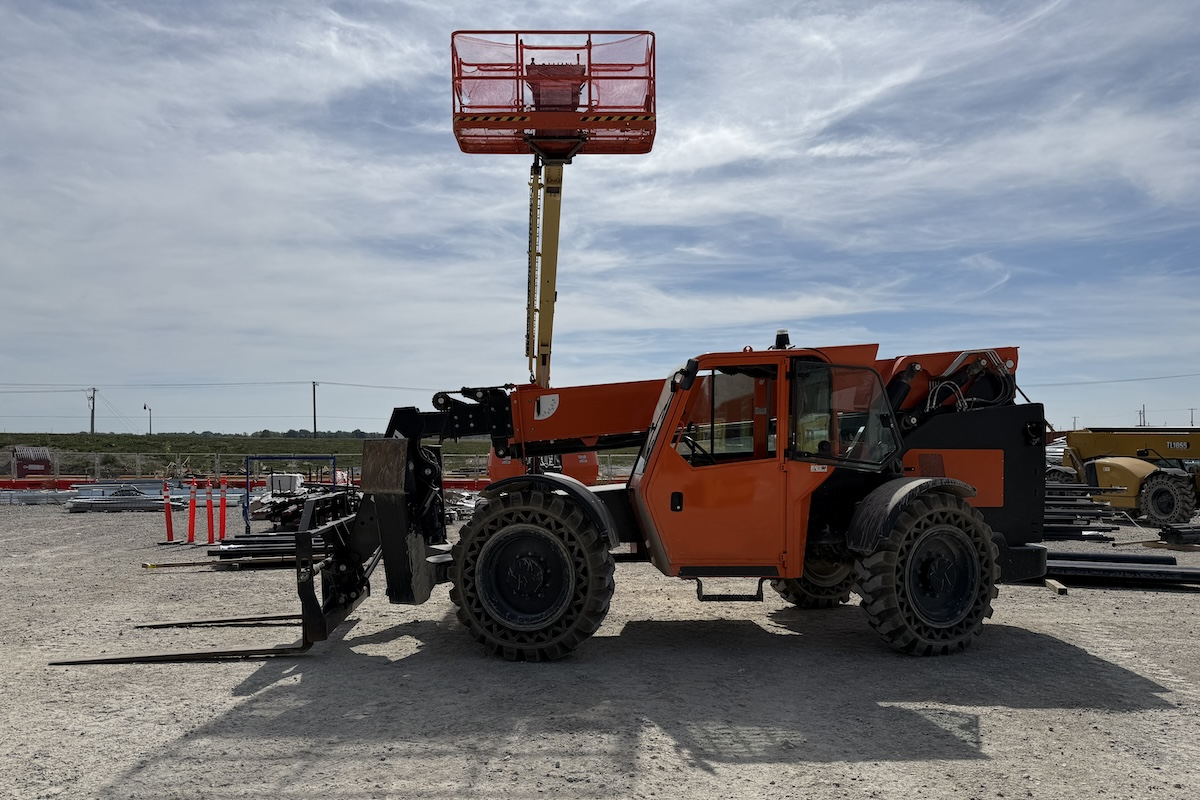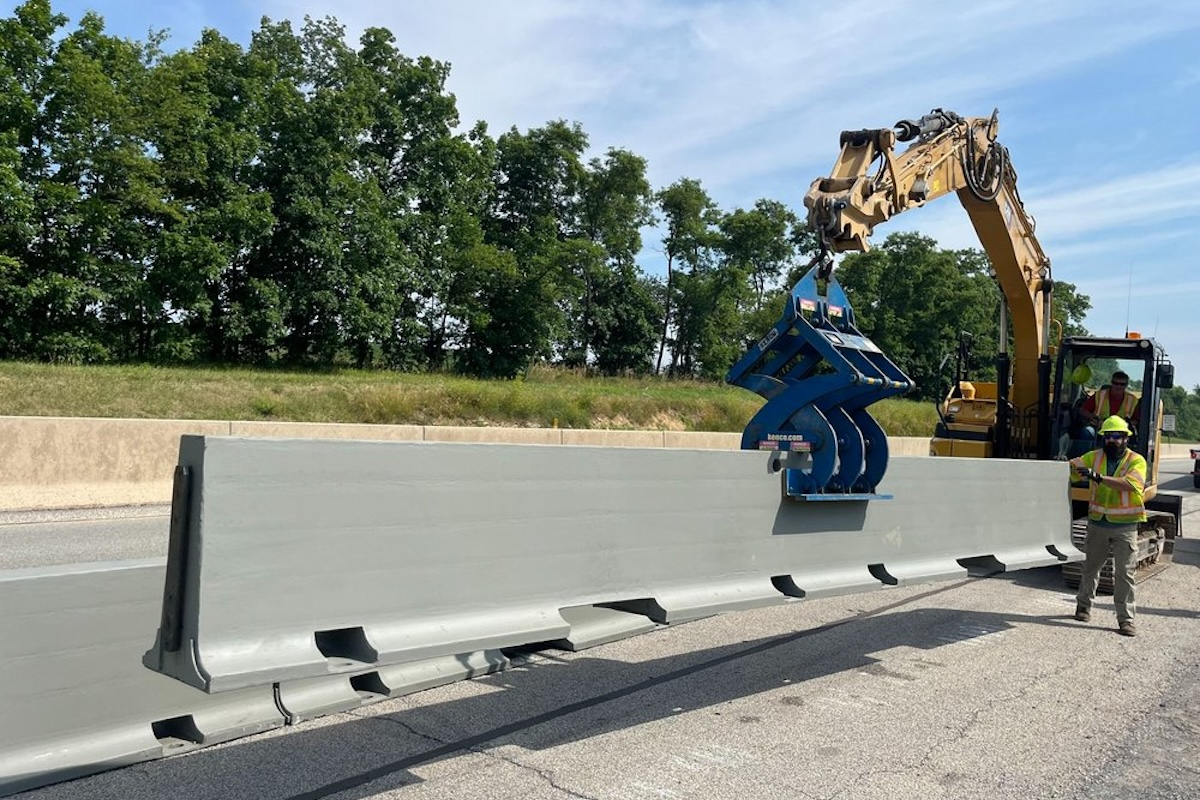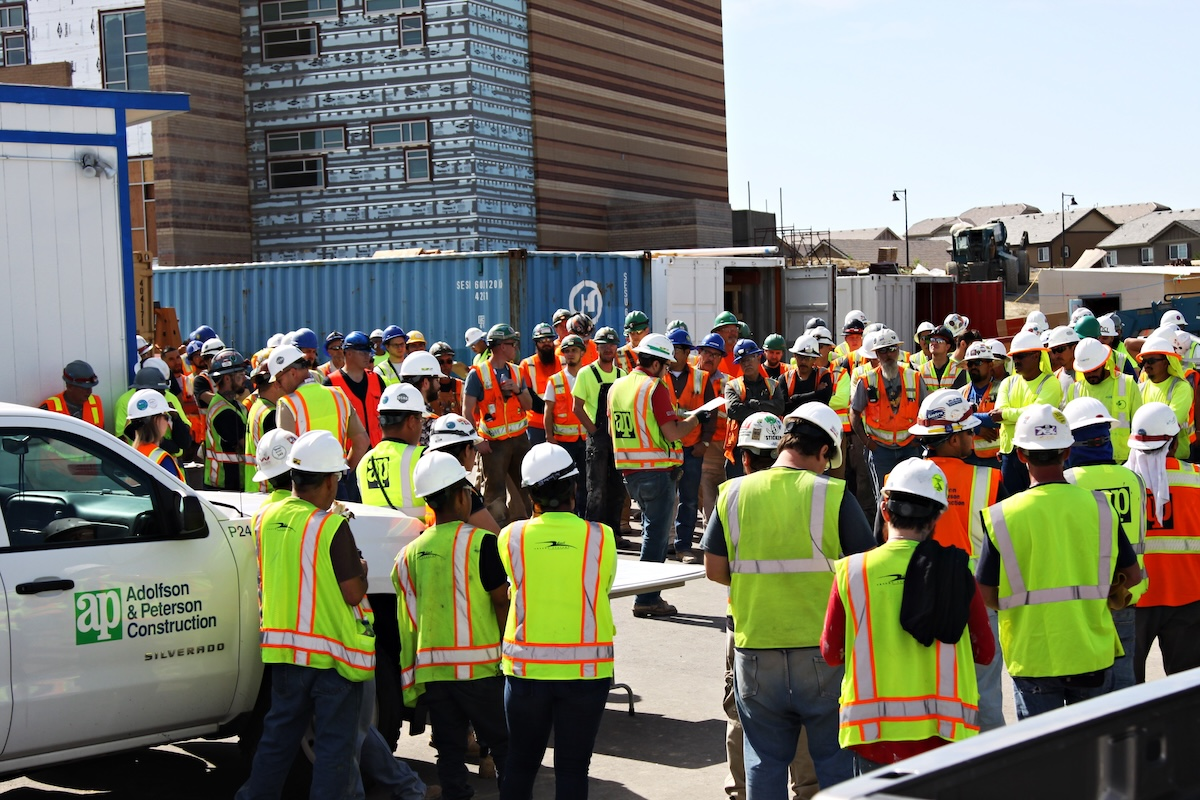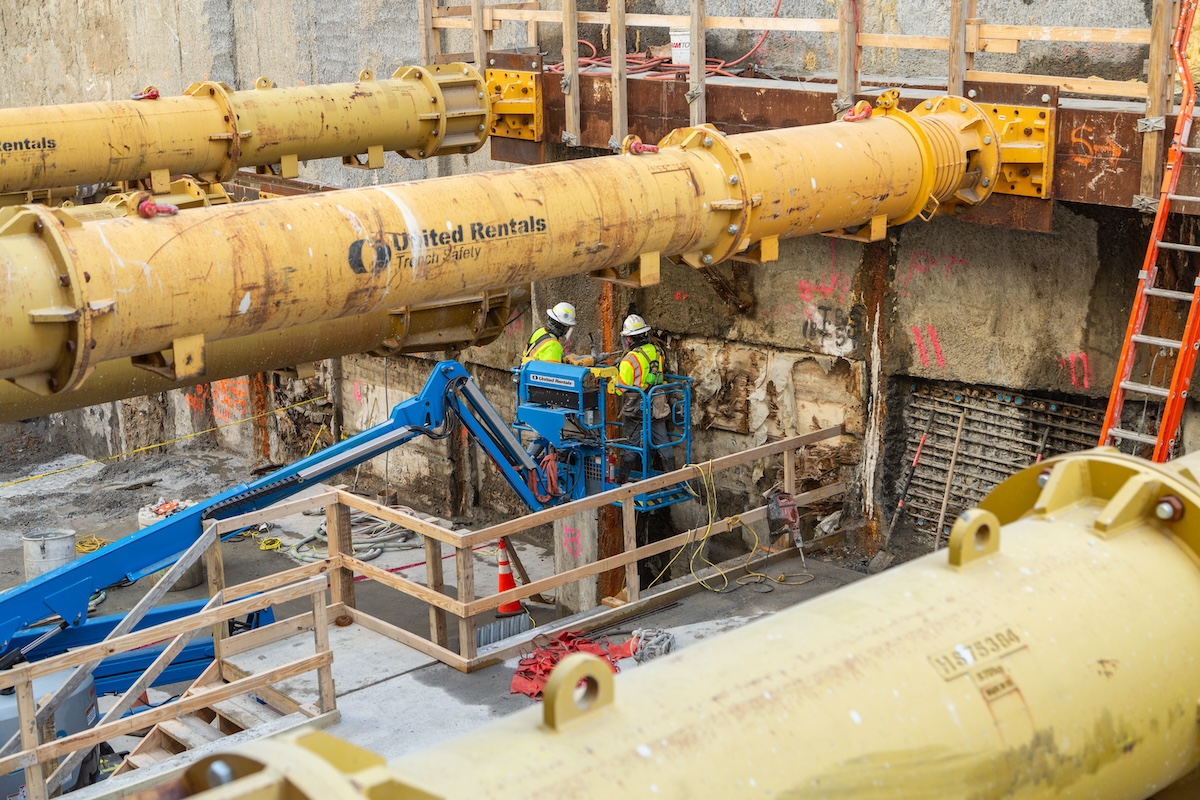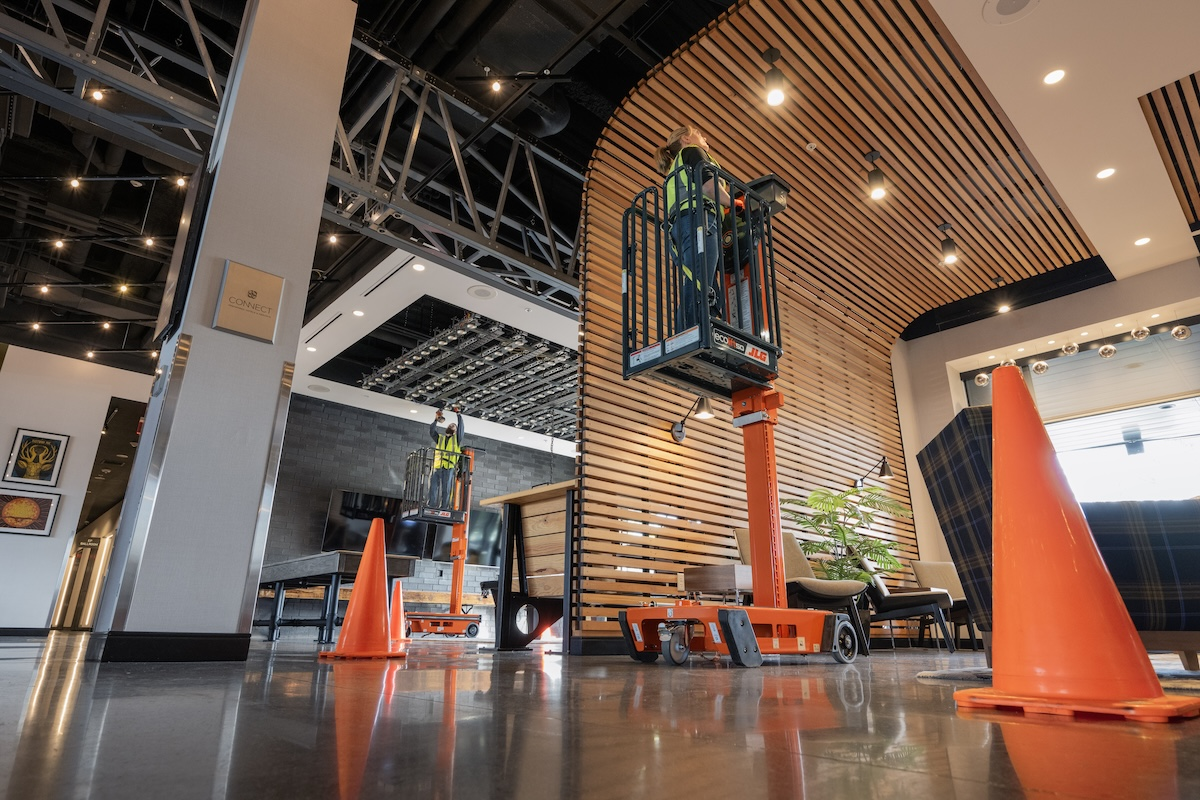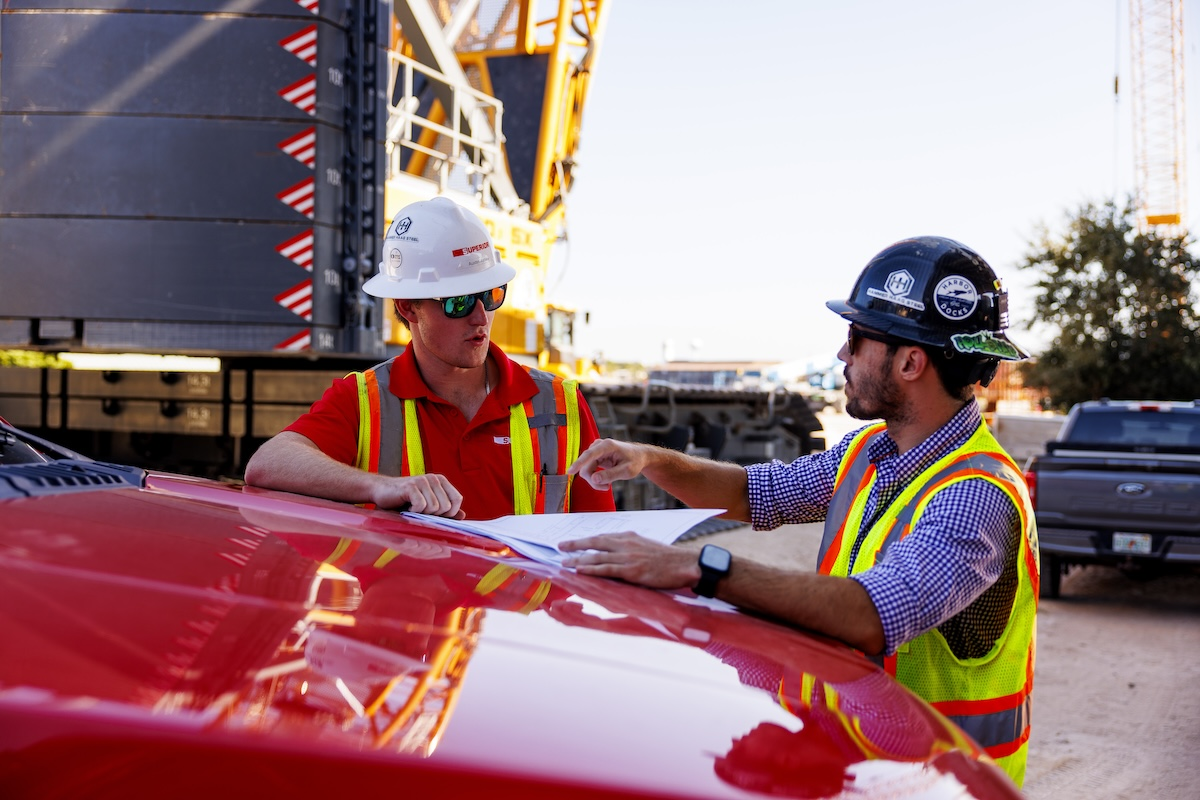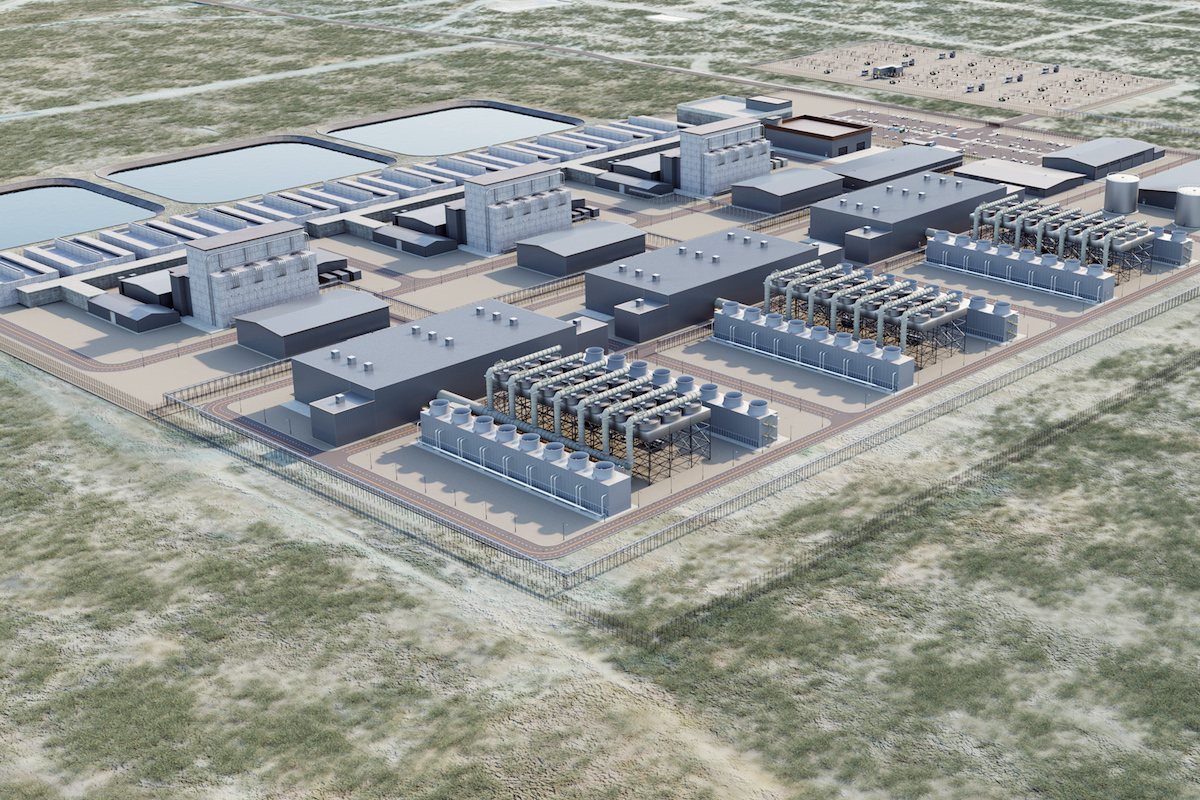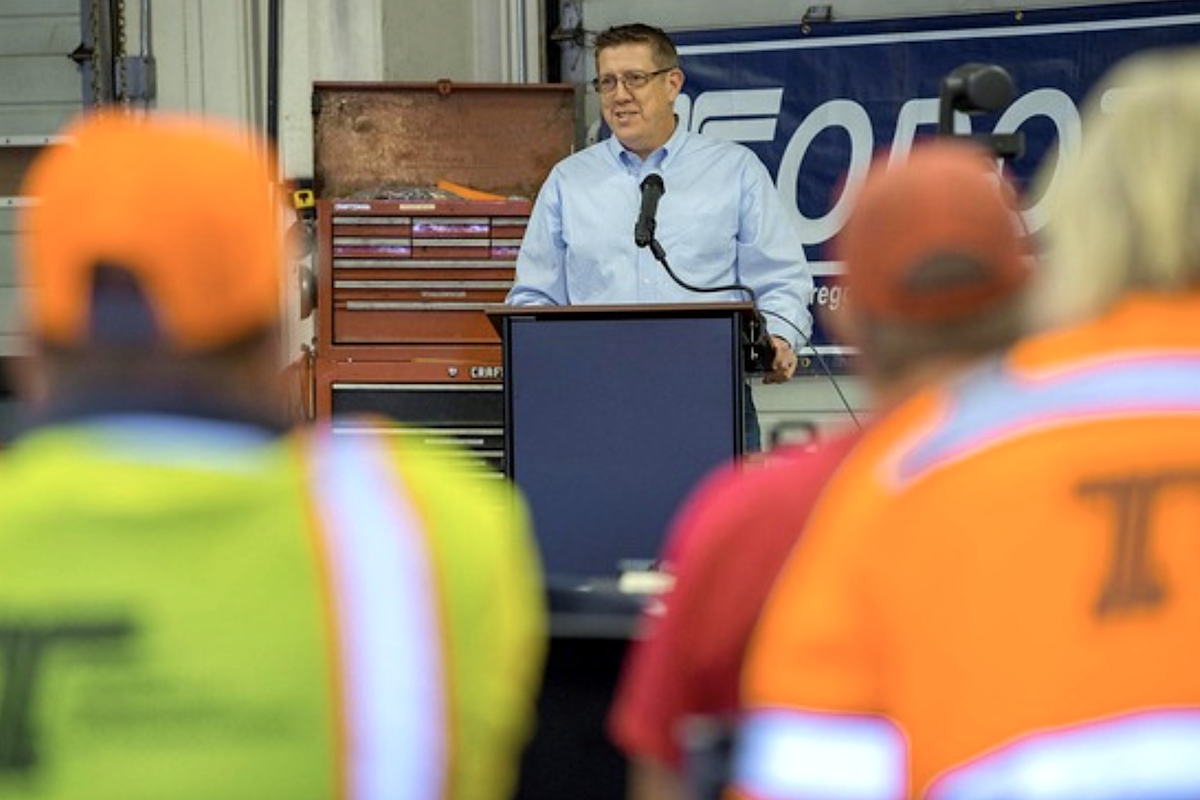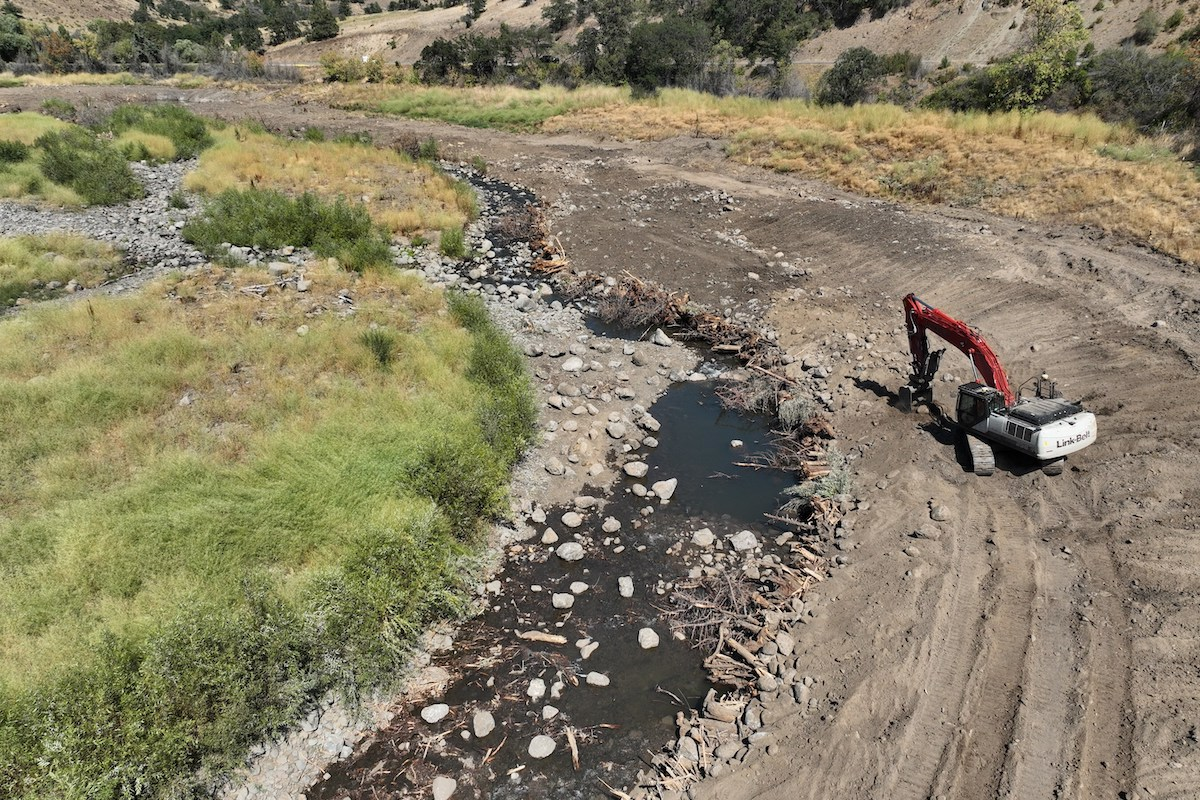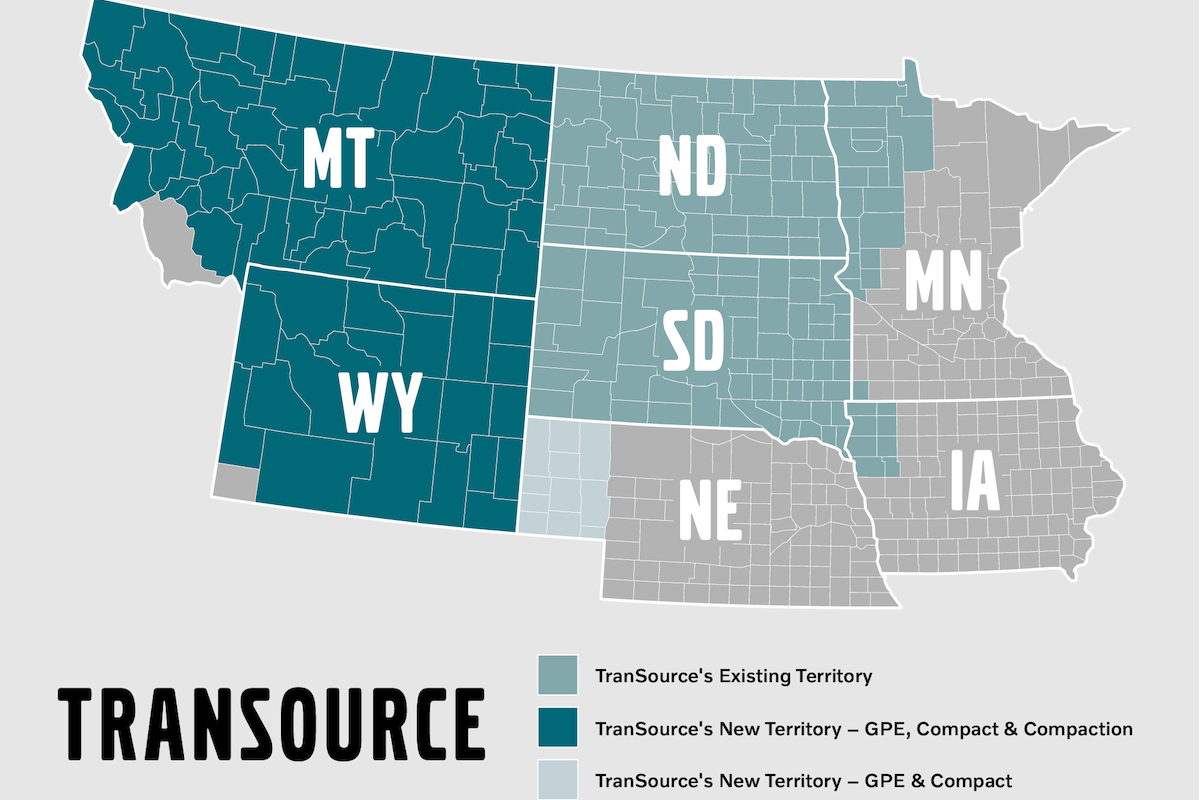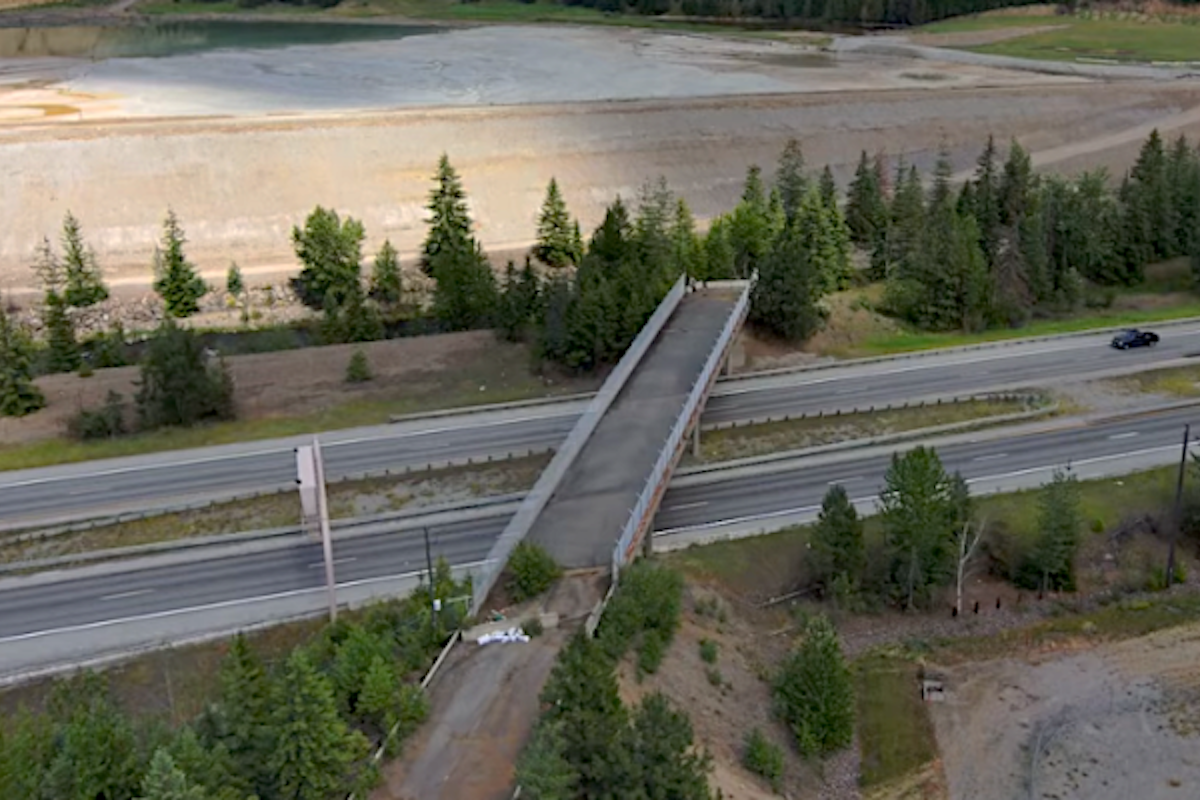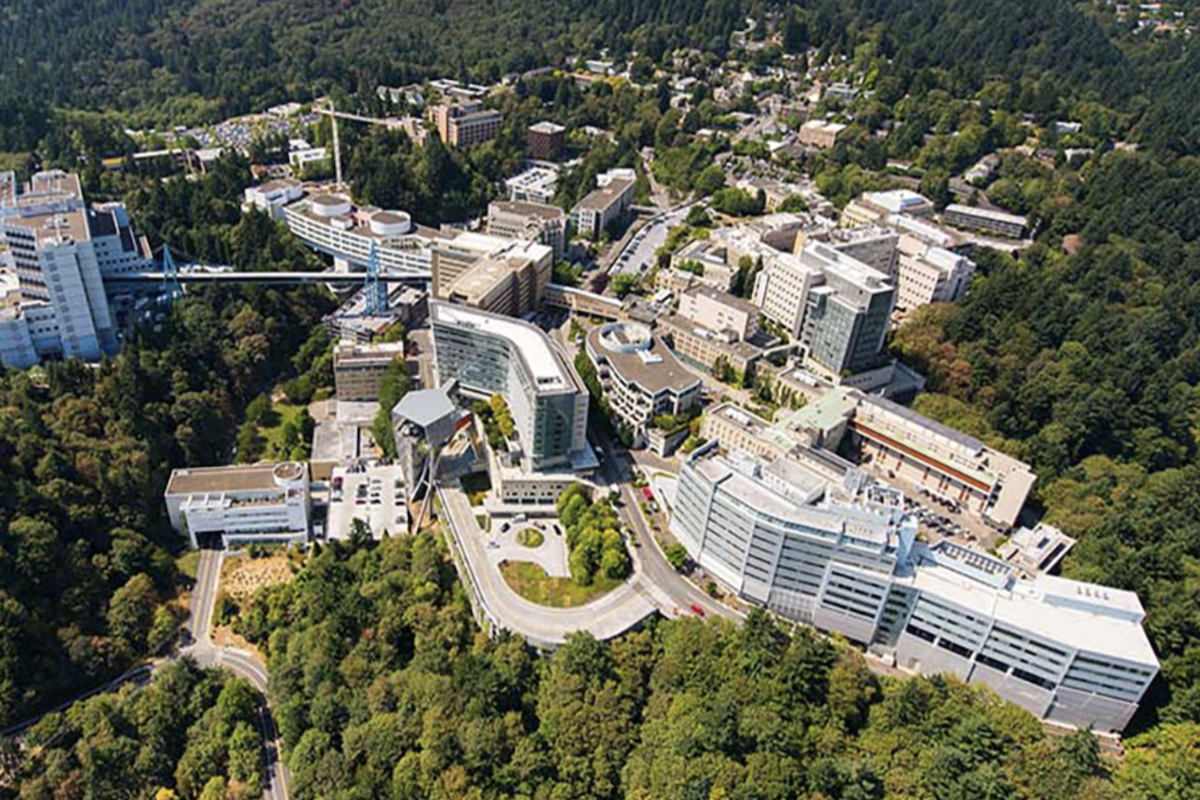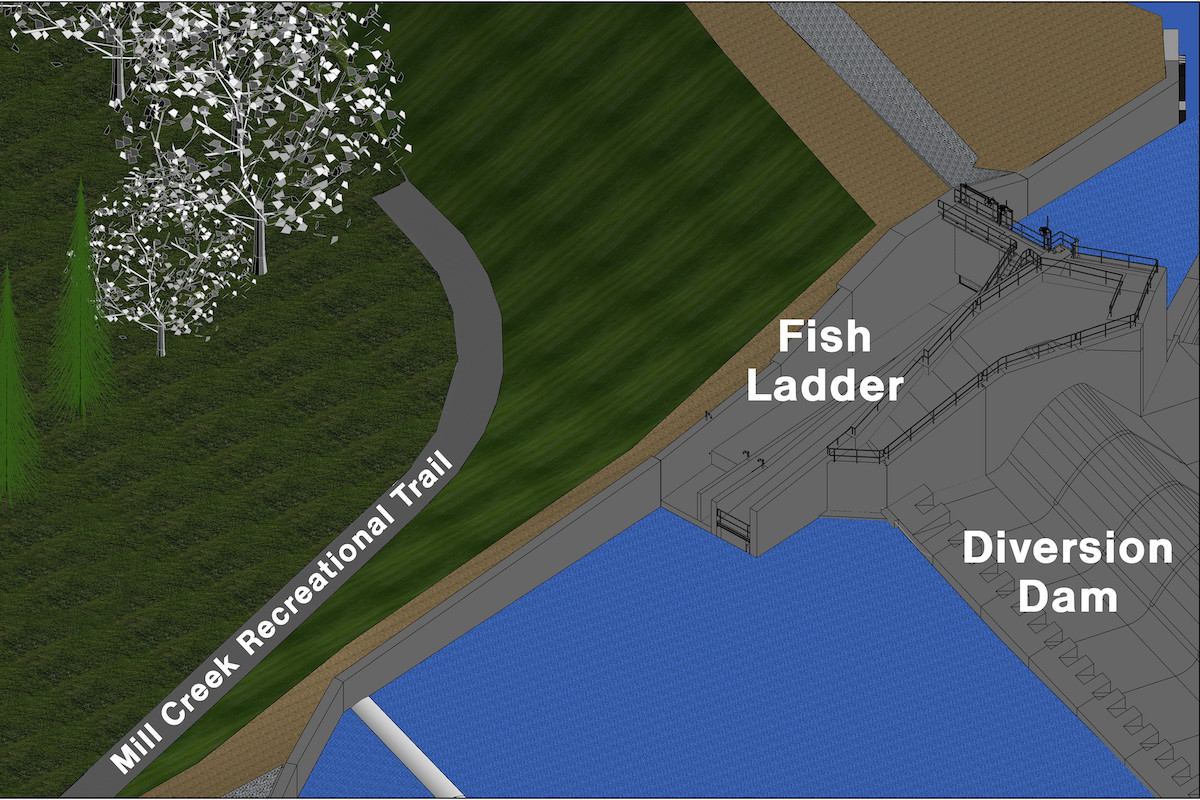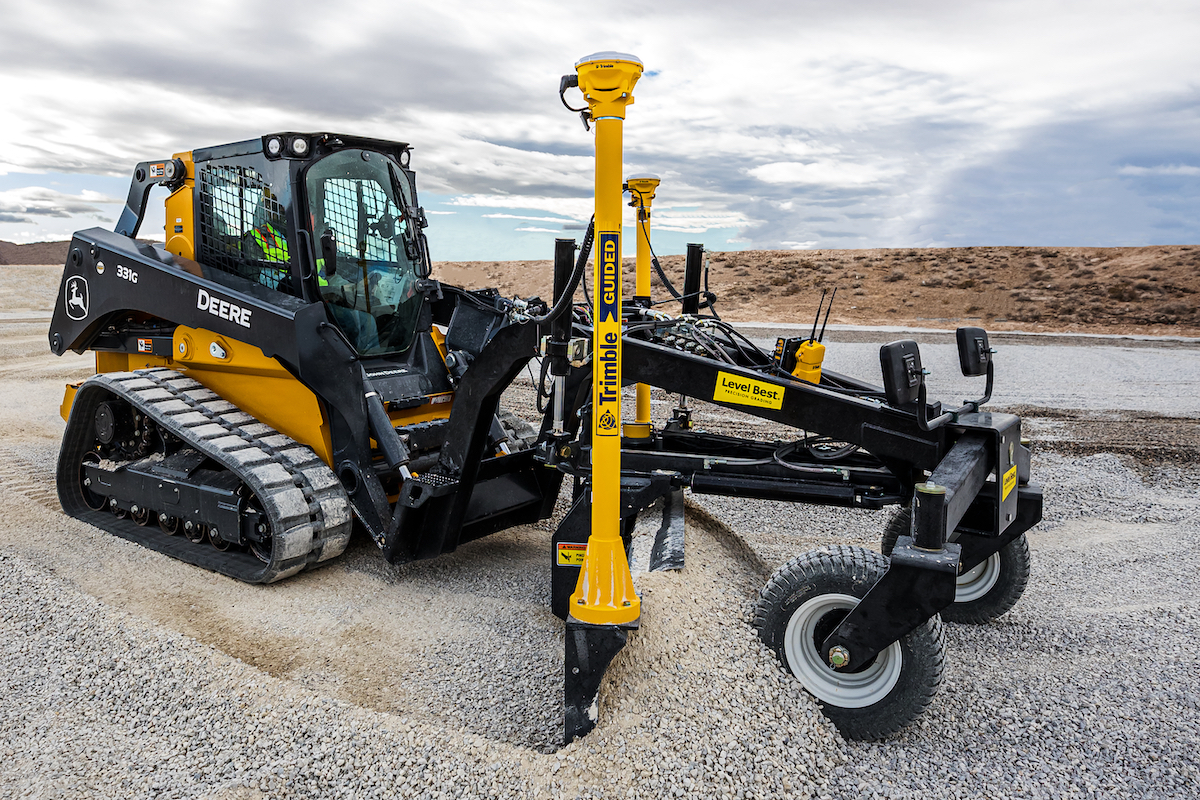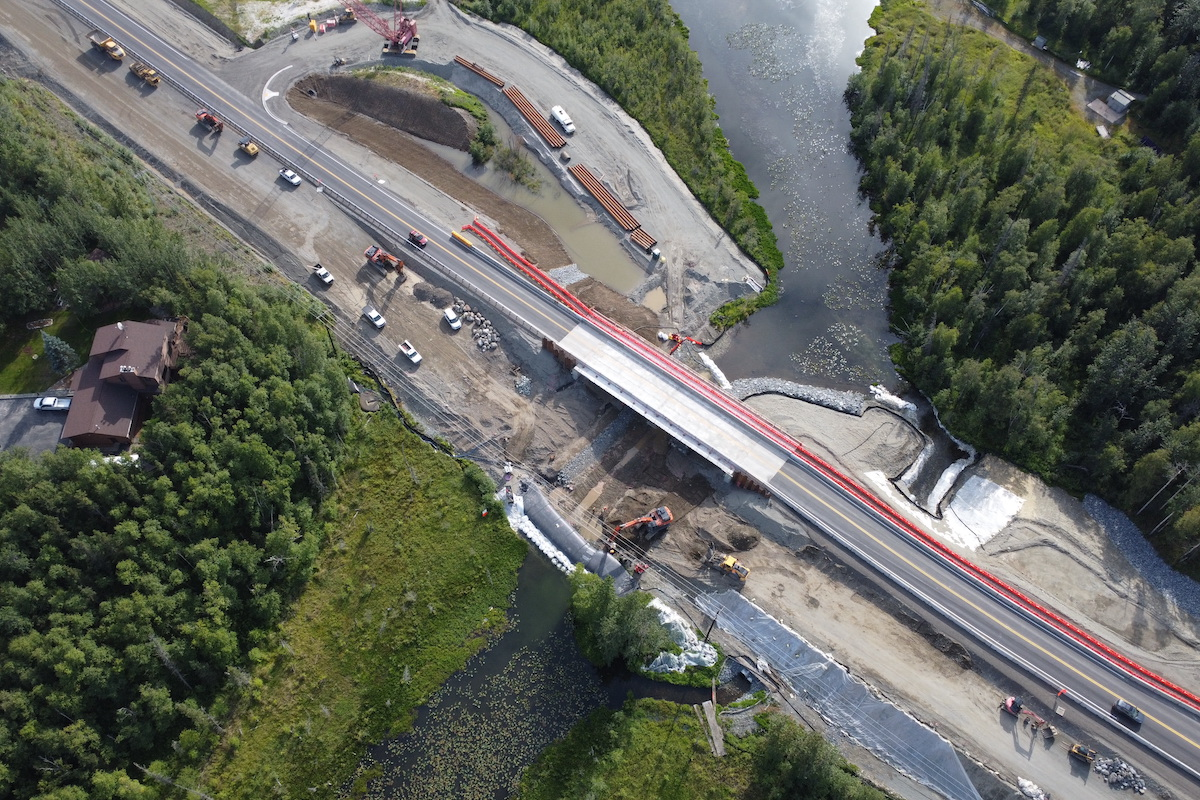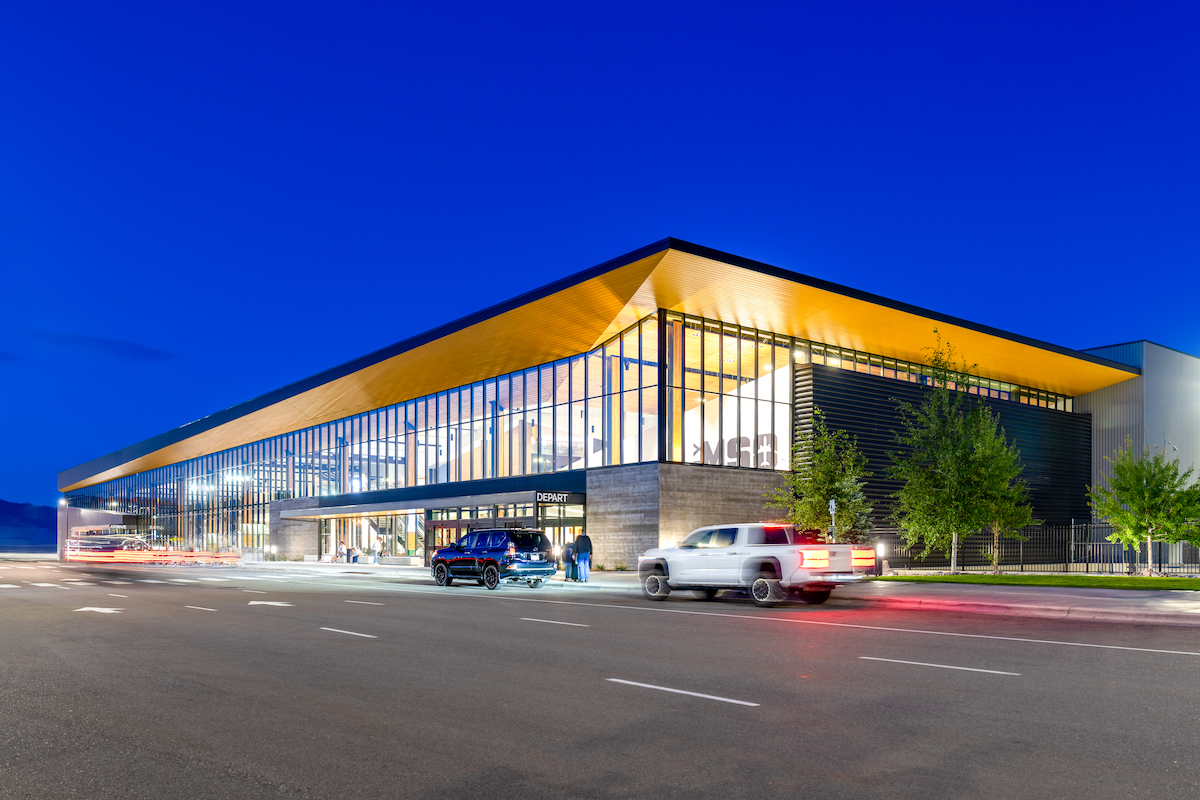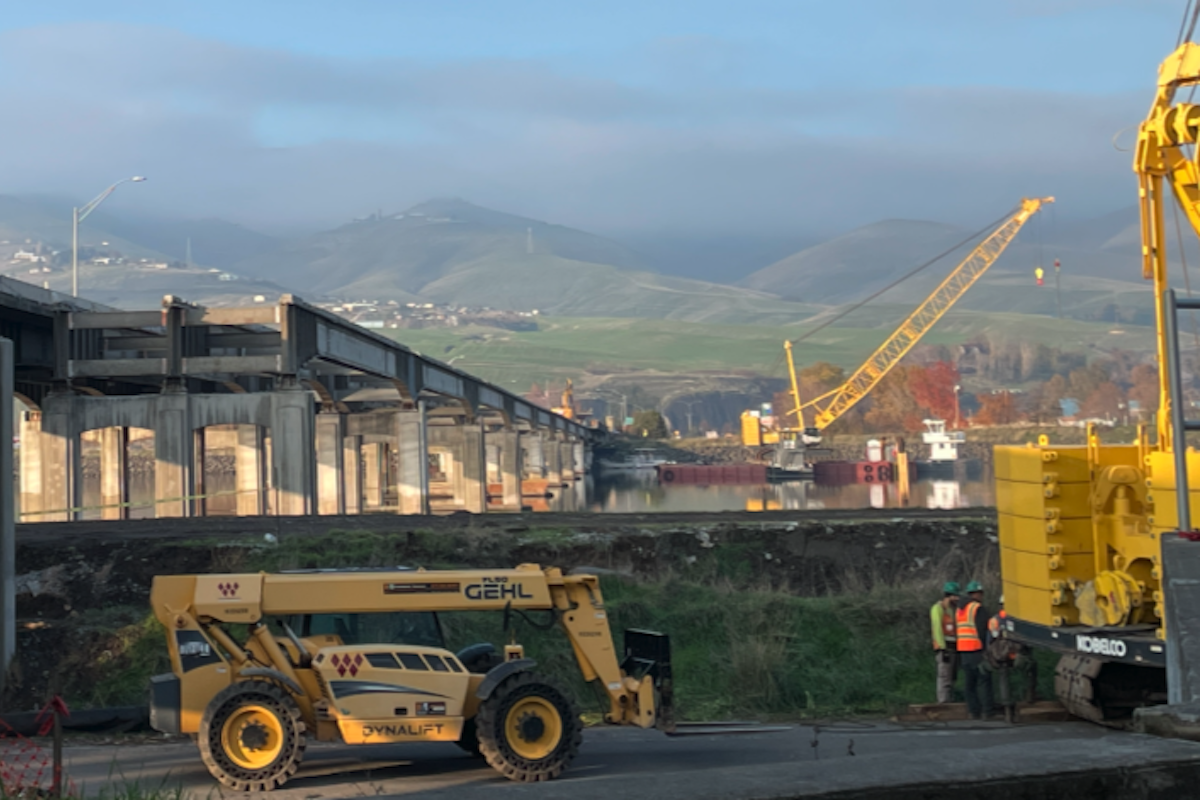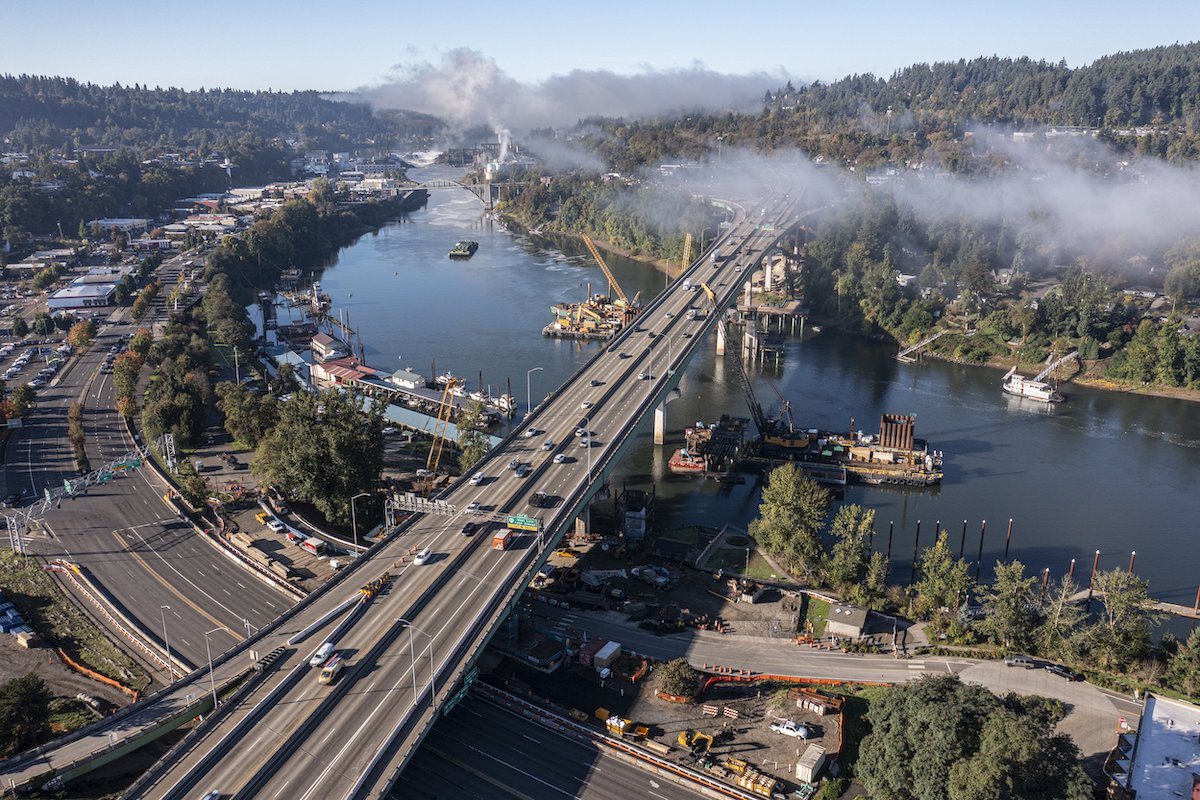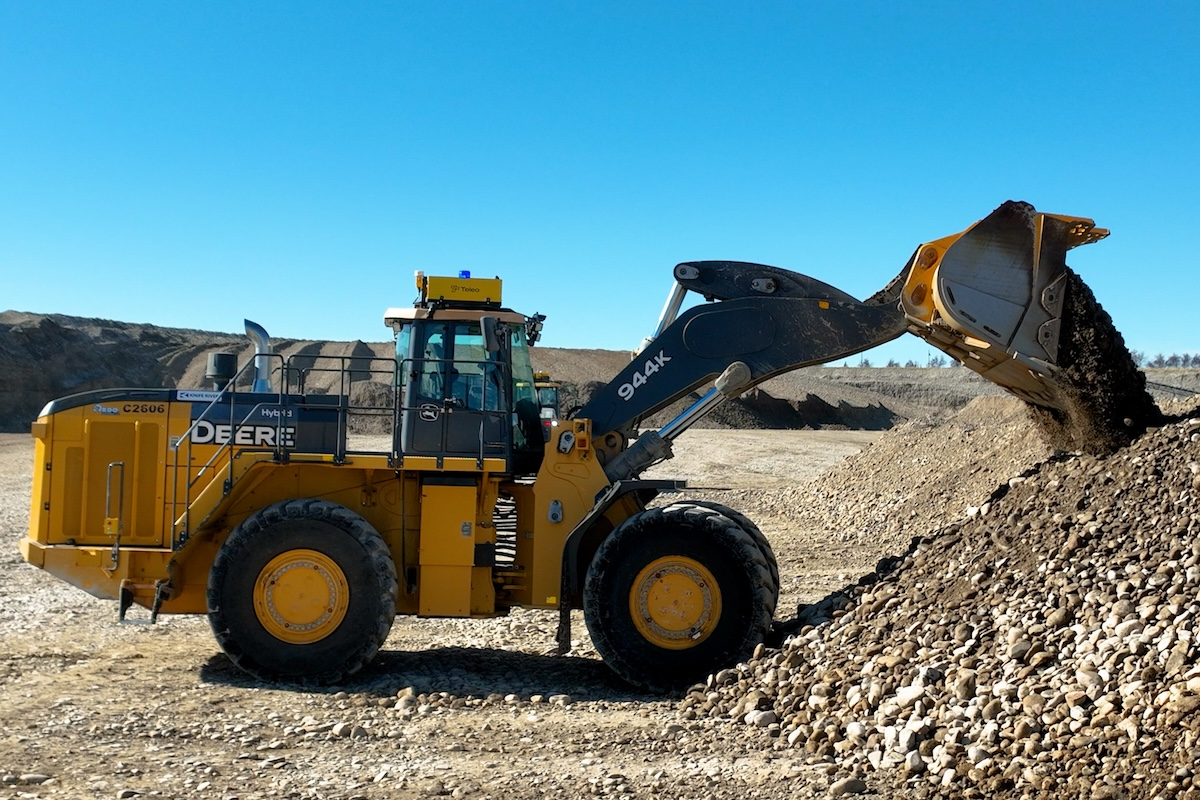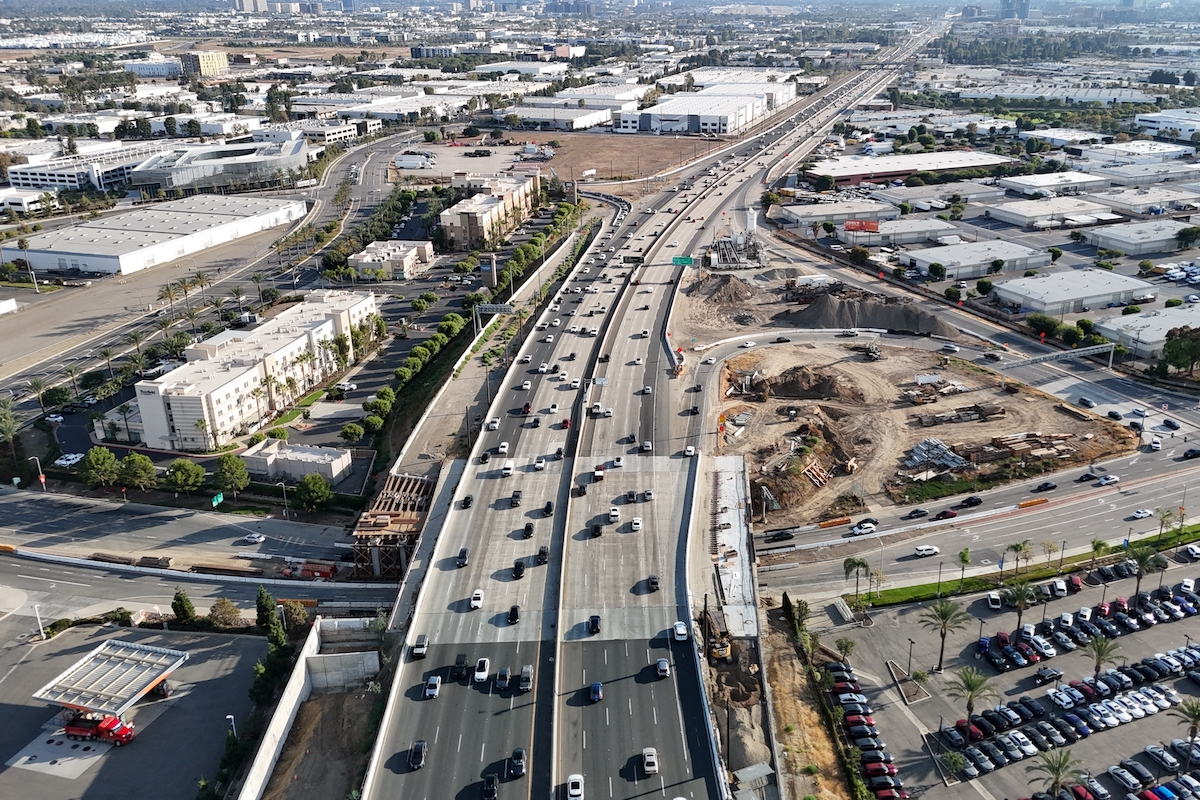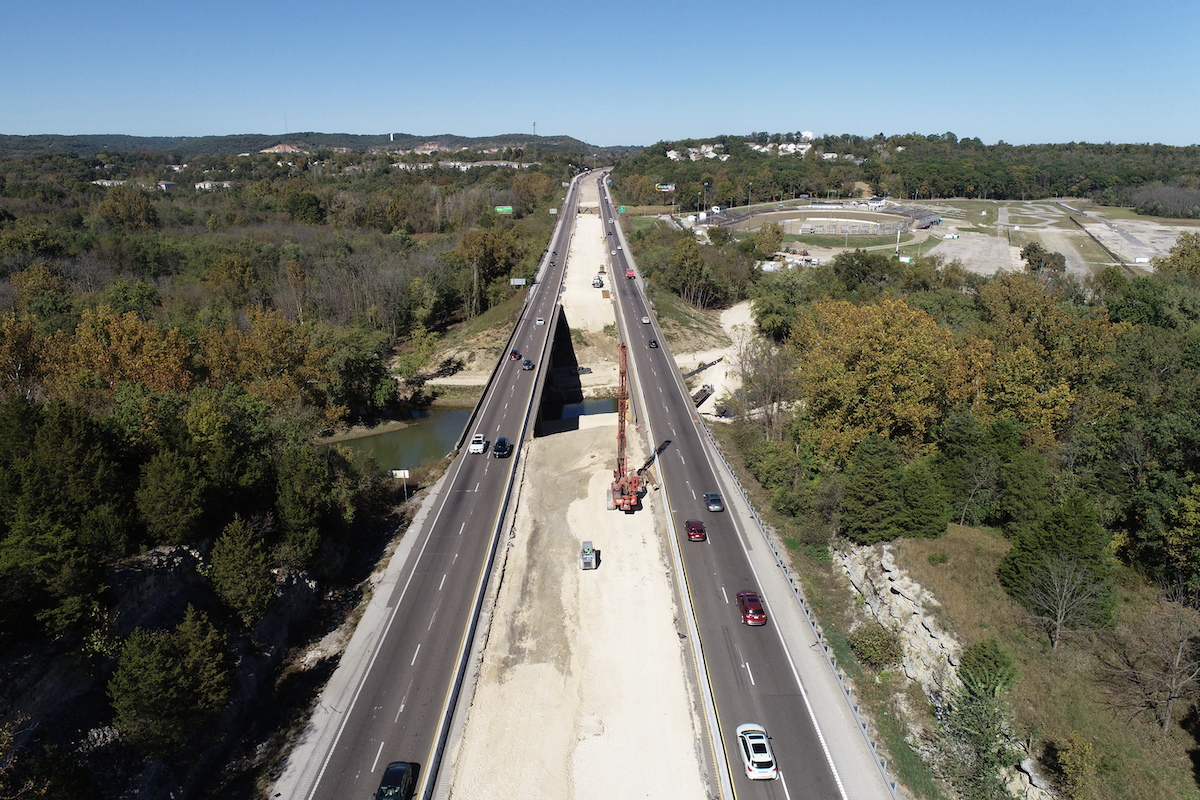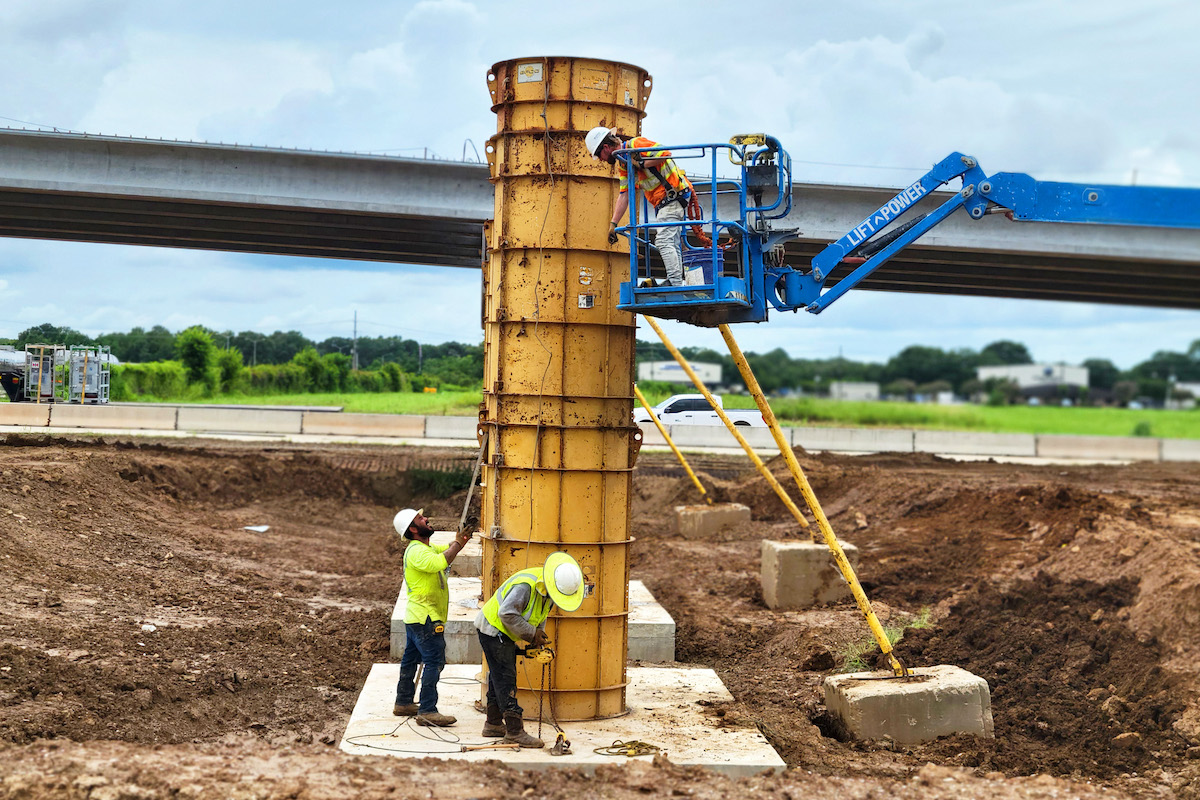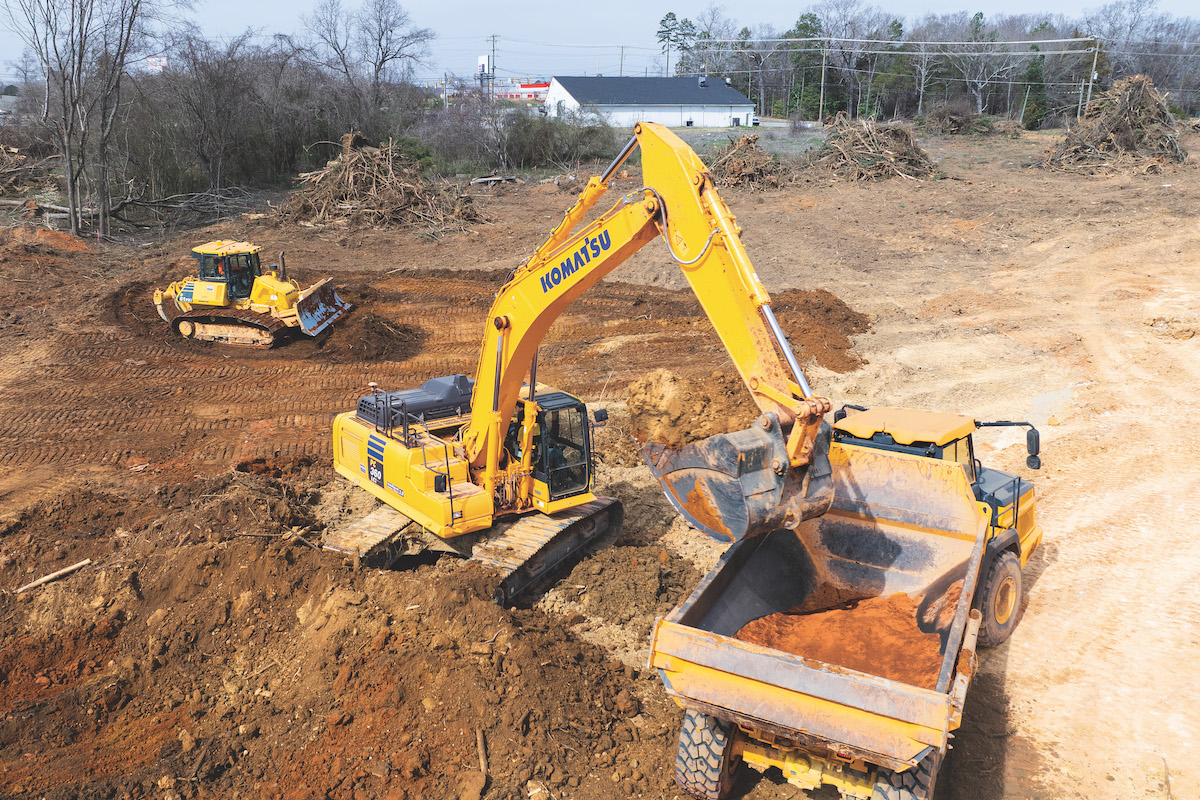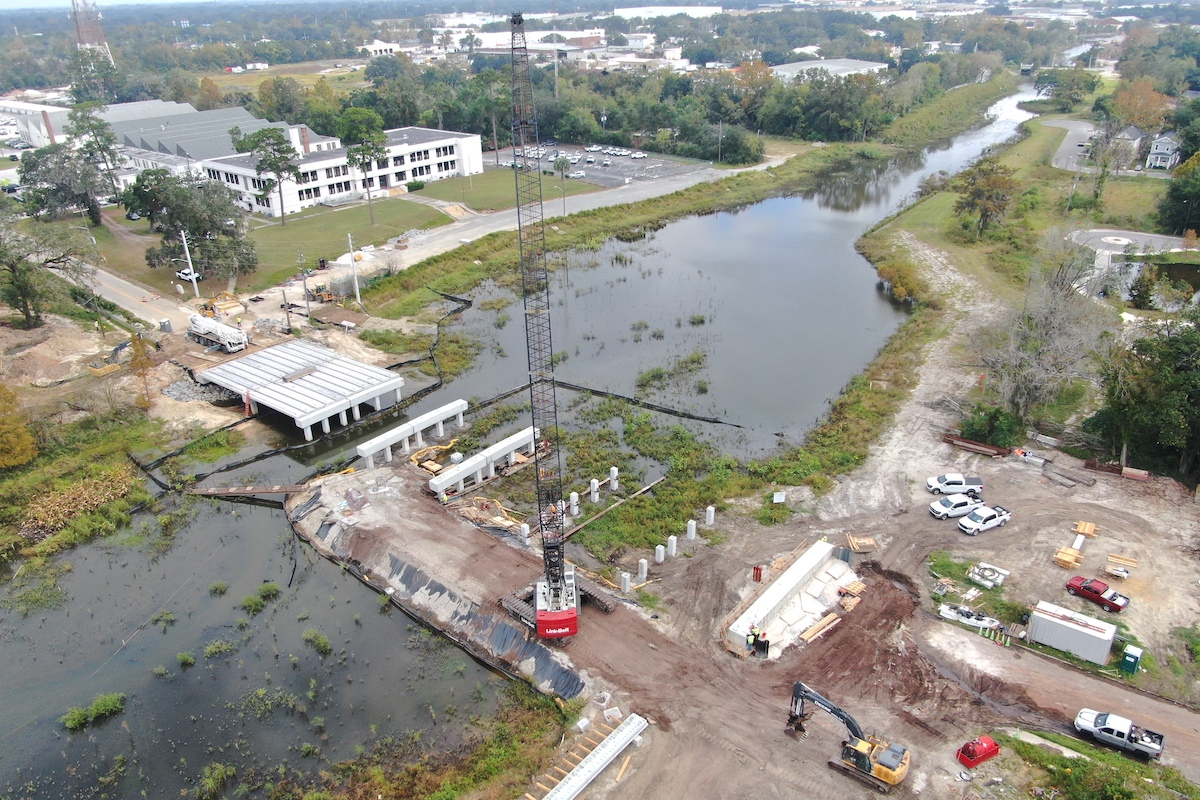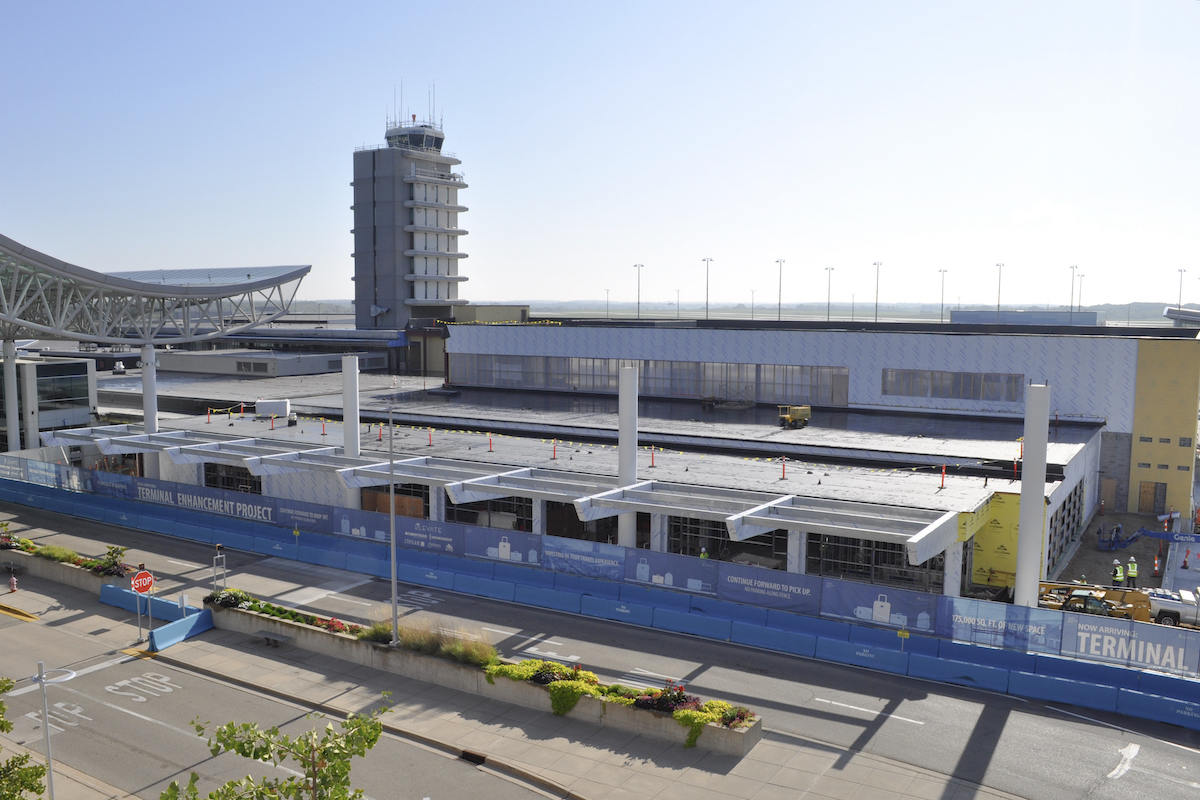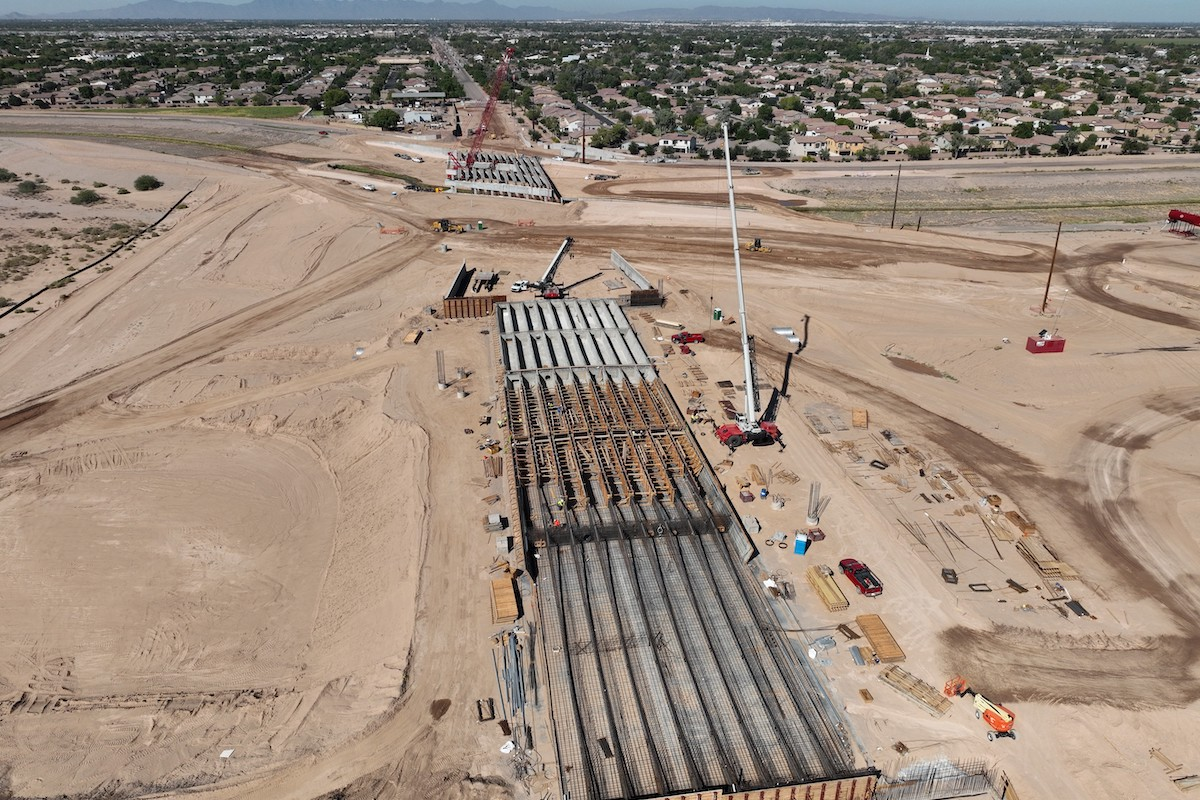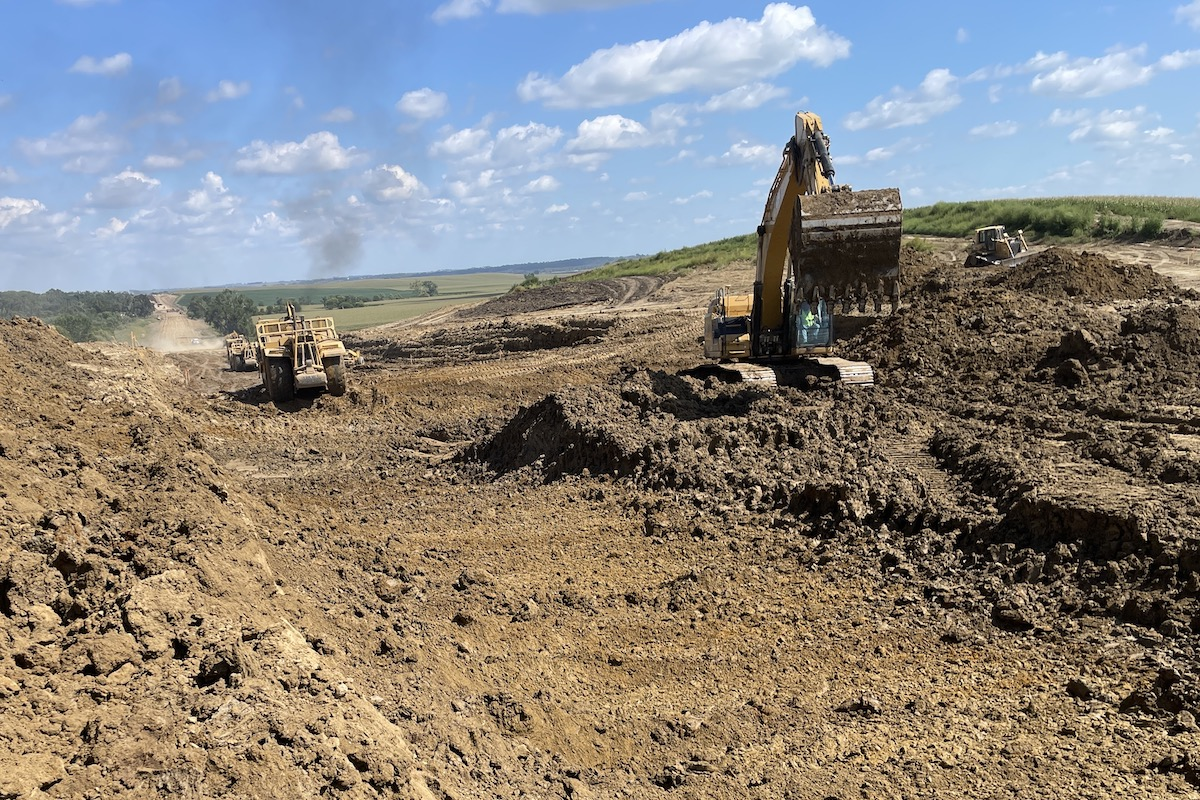ANCHORAGE, AK — New funding will ensure that the Alaska Highway remains safe and passable year-round. This preserves access for travelers, freight haulers, and emergency services, sustaining Alaska’s overland connection to the lower 48 states.
The Alaska Department of Transportation & Public Facilities (DOT&PF) has directed $7.2 million in federal funding to support essential restoration projects through the Shakwak corridor in Canada’s Yukon Territory. These investments reinforce the strategic importance of the highway as a continuous land route between the contiguous United States and Alaska — supporting commerce, public safety, and national resilience.
The funds, identified under STIP 2023-2027, were transferred through the Federal Highway Administration (FHWA) to support improvements between km 1762 and km 1790 of the Alaska Highway. Work will include repairing road embankments, restoring surfaces and slopes, replacing failing culverts, reshaping ditches, and stockpiling aggregates.
“The Shakwak Project is a long-standing and essential partnership between Alaska, the United States, and Canada,” DOT&PF Commissioner Ryan Anderson said. “It reflects our shared commitment to keeping this international corridor open, well-maintained, and strategically capable — not just for Alaskans, but for the broader region and both nations.”
DOT&PF coordinated with FHWA and the Government of Yukon to share current construction advertisements with Alaska contractors and stakeholders. Bid notices have been published and distributed to Alaska’s Associated General Contractors network to ensure equitable access to procurement opportunities.
These projects are part of a broader, long-term commitment to restore and maintain the Shakwak corridor, which traverses some of the most remote and environmentally challenging terrain in North America.

| Your local Volvo Construction Equipment dealer |
|---|
| PacWest Machinery |
Originally constructed during World War II as a military supply route, the Alaska Highway remains a critical overland transportation corridor linking Alaska to the lower 48 states. It supports emergency response, national defense, freight movement, and regional tourism.




